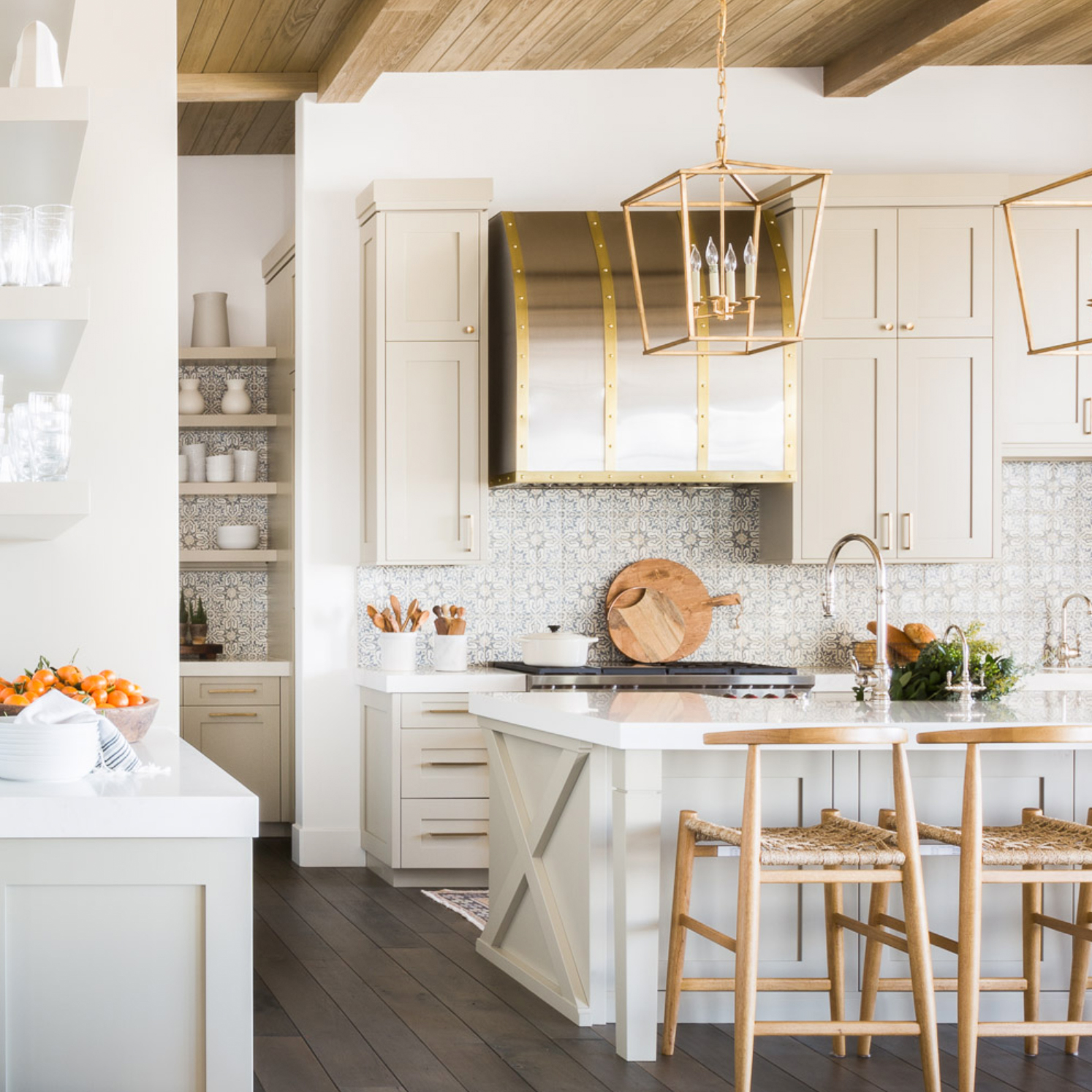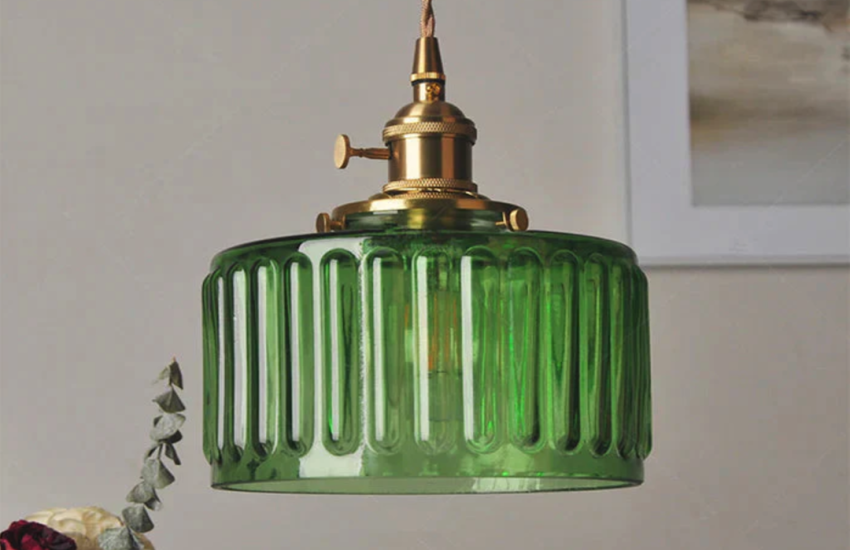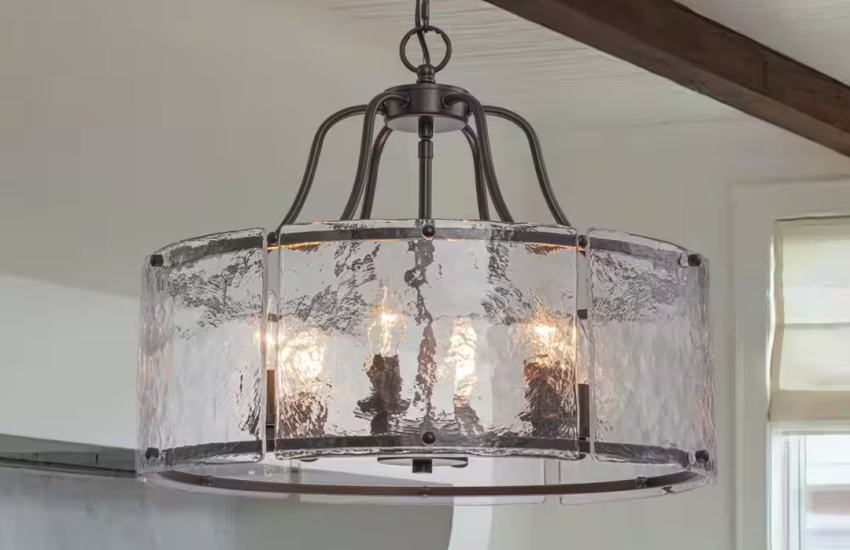
Introduction
Antique German lamps are a well-kept secret of the interior decorating world. These lamps, crafted in Germany over a century ago, exhibit exquisite craftsmanship, unique design, and high-quality materials. They are not just objects of beauty to behold but offer a glimpse into the past and the history of European design.
In this article, we will explore the various styles of antique German lamps, the materials used, and their significance in modern interior design.
History and Significance
Antique German lamps date back to the early 20th century when electric lamps were replacing gas lamps. German designers at that time were at the forefront of the Art Nouveau and Art Deco movements, which heavily influenced lamp design. These early antique German lamps were crafted by hand, using high-quality materials such as bronze, porcelain, and glass.
Antique German lamps are not only significant due to their unique design and beauty but also due to their historical significance in interior design. The Art Nouveau and Art Deco movements not only influenced lamp design but also architecture, furniture, and decorative arts. An appreciation for these movements can provide a deeper understanding and appreciation for the modern interior design.
Styles of Antique German Lamps
There are two primary styles of antique German lamps: Art Nouveau and Art Deco.
Art Nouveau lamps were created between 1890 and 1910, characterized by their flowing, organic lines and natural forms. These lamps often featured floral, leafy, and vine-like motifs, as well as insect and animal forms like snakes and dragonflies. Art Nouveau lamps used materials such as bronze, glass, and stained glass.
Art Deco lamps were created between 1910 and 1939 and are characterized by their clean, geometric lines and bold, streamlined designs. These lamps often featured sharp edges, angles, and geometric patterns. Art Deco lamps used materials such as chrome, brass, and silver-plated metals.
Materials Used
Antique German lamps were crafted with the utmost attention to detail and made with high-quality materials. These materials enhance the beauty and functionality of the lamps while also making them exceptional collector’s items.
Bronze was at the center of many Art Nouveau lamps as the metal can easily be shaped and molded. Porcelain was also a popular material, often used in intricate lamp bases to express ornate designs. Glass, stained glass, and crystal were common for both Art Nouveau and Art Deco lamps.

